I regularly get emails or phone calls asking for equalisation tips from students who are struggling to conquer equalisation. The truth is every diver is likely to encounter issues at some point. As a freediving instructor I understand the challenges both instructors and students can face when learning how to equalise effectively – but I now know that with these equalisation tips, soon you will be on your way to equalising as if you’ve been doing it all your life.
Persistence is key: anybody can do it.
From the moment I took up freediving I suffered terrible problems with equalisation. I could manage to equalise the pressure within my ears at the depth of a few metres, but as long as I was feet first in the water. Equalising head first was a complete non-starter. However through practice and perseverance – for nearly a year of diving and training myself to get the technique right – I finally managed to teach my body how to get the equalisation method to work while head first and my brain that being upside down underwater is not as odd as you first think it is!
The Frenzel Technique for equalisation, for example, provides a huge sense of comfort and safety while freediving. It means you can dive deeper and with more confidence, and can often be the difference between being a good diver and a great one.
There are several very important facets to freediving, such as the ability to hold your breath for long periods and the proper use of equipment, but in terms of safety and comfort the single most important skill you will need to master is the equalisation of your ears. Here are my top ten equalisation tips:
1: Practice the Frenzel Technique for equalisation.
Focusing on the ears, mouth, nose and upper throat, the Frenzel negates the need to use your lungs and diaphragm to push air into the inner ear and equalise; instead it is all about pressure created by the tongue which forces air into the Eustachian tubes of your ears.
An efficient and effective method – more so than the Valsalva technique – that we teach at Go Freediving as the primary technique to equalise, and one that is perfect for freedivers and scuba divers alike.
2: Lifestyle changes
Some people find that making subtle changes to their lifestyles will improve their ability to equalise.
It took a decade for one student of mine to turn a corner and master equalisation, and the thing that changed it more or less overnight was a shift in his eating habits – his intake of dairy, gluten and refined sugar was causing problems and when he stopped eating them he found he could equalise far more successfully.
Everybody is different, but it has been proven that dairy can increase the production of mucus while refined sugar and gluten can lead to internal inflammation – neither of which are going to help you equalise. Improving your overall health or learning how the things you put into your body effect it will also improve your chances at mastering equalisation far more quickly.

3: Plan for every equalisation and equalise regularly
At Go Freediving we place great importance on planning for every equalisation, and my instructors and I advise our students to make sure they pre-empt any attempt to equalise as early as possible.
To reduce the stress on your eardrums it is vital that you equalise early and even before you need to. We frequently ‘pre-equalise’ – a description invented by Jorgen, one of my Go Freediving instructors – when on dry land too.
This method allows for the ear to be over-pressurised pre-duck dive and means any delay in the second equalisation at four to five metres is offset by the ear already having been over-equalised. Pre-equalisation and pre-empting the method are good habits to develop, as when freediving there are so many things to focus on that equalisation is often overlooked until you are past the point of no return and your ears are in pain.
4: Equalise gently
You can easily damage the delicate inner workings of your ears if you force equalisation, so beware. The Valsalva technique, in particular, can inflame your Eustachian tubes and cause ear drum damage if you use too much power to equalise.
When the tissue surrounding the inner ear and Eustachian tubes are that swollen, divers can suffer ‘reverse block’ on ascent – this is where air in the inner ear cannot return back along the tubes to your throat. This can be extremely painful, so take care.
5: Practice with an Otovent
Otovent is a small balloon attached to a nose piece, devised for young children that suffer with the condition known as ‘glue ear’ (fluid blocking the middle ear).
It works simply: the nose piece is placed to one nostril while the other nostril is pressed closed. By trying to inflate the balloon with the open nostril, fluid is pulled from the middle ear via the Eustachian tubes and into the balloon– and it safely equalises your ear.
6: Invest in a pair of ear plugs
Amongst the many equalisation tips I can offer, investing in a pair of professional ear plugs would be high on the list.
At Go Freediving we are huge fans of the brand Doc’s Pro-Plugs, which have a fantastic vented design and are excellent for preventing ‘surfer’s ear’ (or exostosis, which is abnormal growth of bone in the ear canal).
Happily, they are also very good at making equalisation a lot easier so my instructors and I swear by them – I even wear them while diving in notably warmer climes such as Egypt and Abu Dhabi.
On course dates I can bring along a fitting kit to ensure students can order or buy Pro Plugs in the correct size – they are available in various sizes for all people.
7: Humidity is key
Speaking of warmer climes, when flying overseas for a diving holiday or even if you’re just planning a resort dive while at a Greek island, you need to take into account the environment you are travelling in to get there.
The inside of an aeroplane is quite possibly the worst possible thing for your body in terms of dive preparation. Recirculated, dry air plays havoc – dehydrating the body, sucking all the moisture from the mucous membranes in your sinuses, and even possibly passing you an illness generously shared by one of your fellow holidaymakers. If you can, wear a scarf and cover the bottom half of your face – mouth and nose – with it during the flight, because it naturally humidifies the air you are breathing.
Investing in water traps that rest on radiators or an electric humidifier while at home can also help during those freezing winter months when the central heating sucks all the moisture from the air inside your house.
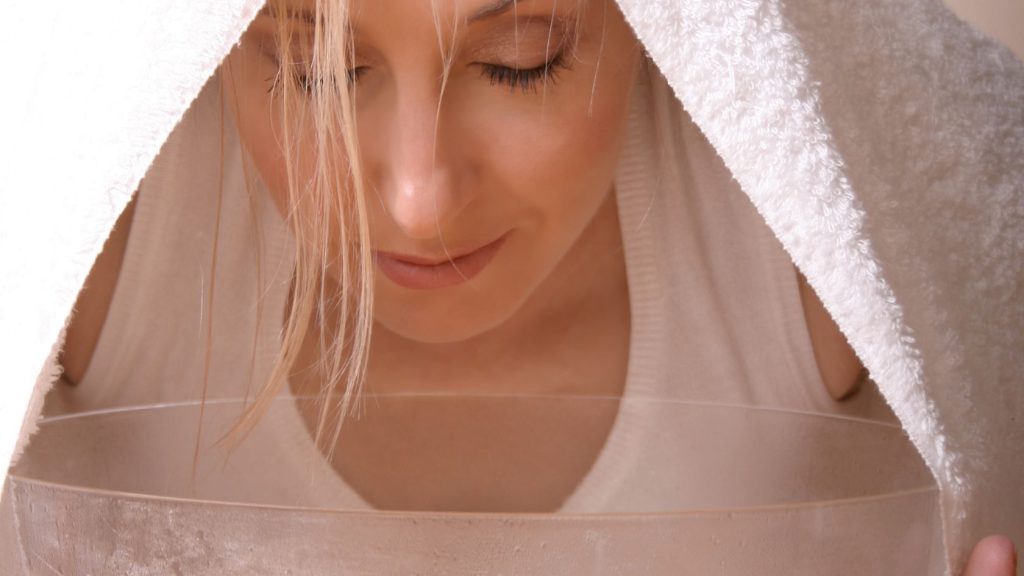
8: Clear your head
There are a few simple things you can do to ensure your head is in tip top condition for equalisation.
For example, holding your head – covered with a towel – over a boiling bowl of water is an easy yet excellent way to get lovely warm vapours into your nasal passages to ensure your sinuses don’t dry out, or to remove a blocked nose, or help with an awful bout of gluey mucous.
Olbas oil along with essential oils such as pine, eucalyptus or thyme are also great for aiding infection. At Go Freediving, one of the instructors swears by Vicks Vapor Rub, which he dabs inside his nostrils before putting on his mask.
9: Neti pots for your nose
Nasal irrigation has been around for a while, as a means of clearing debris and mucous from the nasal cavity, and Neti pots have been in use for centuries in one form or another.
Basically a small tea pot in its original form, and now available in all manner of western-friendly shapes, its basic function is to flush out the rubbish from your nose using a saline solution kept in the pot.
For equalisation this is invaluable – a clear nasal cavity means an easier time of getting the pressure right in your inner ear.
10: Visit a professional
Due to a decade-long sinus problem I eventually visited a cranial osteopath to sort out the issue I was having.
A cranial osteopath is a medical professional who has qualified in osteopathic training (typically a four year programme) and followed it up with yet more specialist input in cranial osteopathy. Within a few appointments with a local cranial osteopath, my sinus problems vanished.
And I am not the only one to go this route – many of my students who had problems with equalisation were treated successfully, and one of my staff who suffered from bleeding sinuses was also cured. If any of the previous tips do not work, it may be worth bearing this option in mind. Stillpoint in Bath, UK is at the forefront of cranial osteopathy and can direct you to your nearest practitioner – they can be reached on 01225 460106.
Learn to freedive with Go Freediving
Go Freediving is the longest established, most experienced and friendliest freediving course provider in the UK, led by world class freediving instructor trainer Emma Farrell, and her team of personally trained instructors. No other course provider has such a good instructor to student ratio, safety record and personal touch.
Whether you’re freediving in November or any other time of year, a beginner dipping your toes into the world of freediving, a seasoned pro looking to turn professional, or simply a freediver of any level who wants the best freediving holiday in the world, we’re here for you!
Also check out our online guide, The Beginners Guide to Freediving by clicking here!
Keep in touch with everything Freediving
Subscribe to our mailing list for weekly newsletters with exclusive articles, news, films, offers and more!
And check out You Tube!

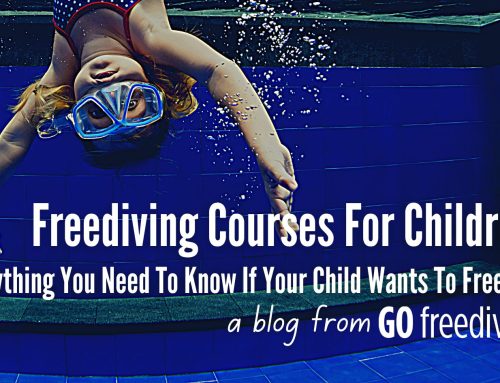
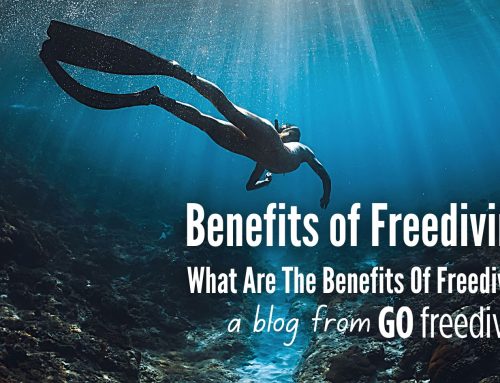
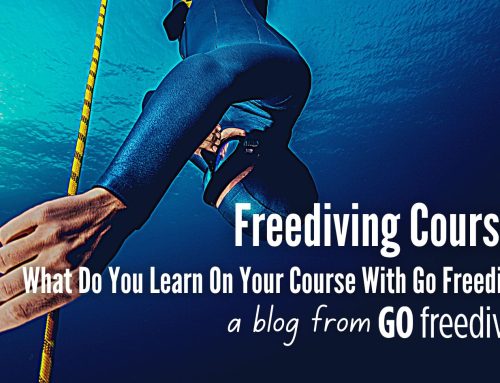
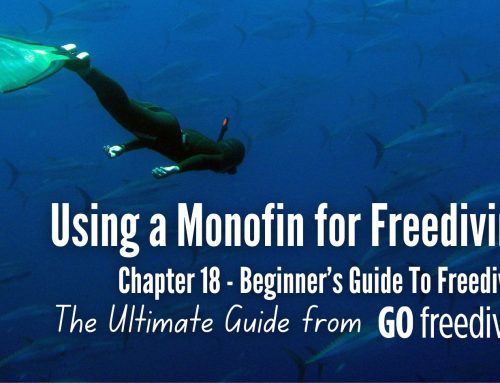
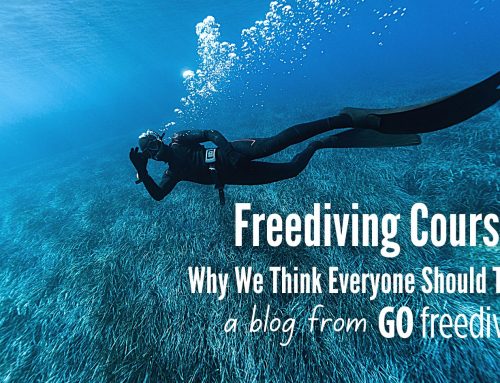
Leave A Comment